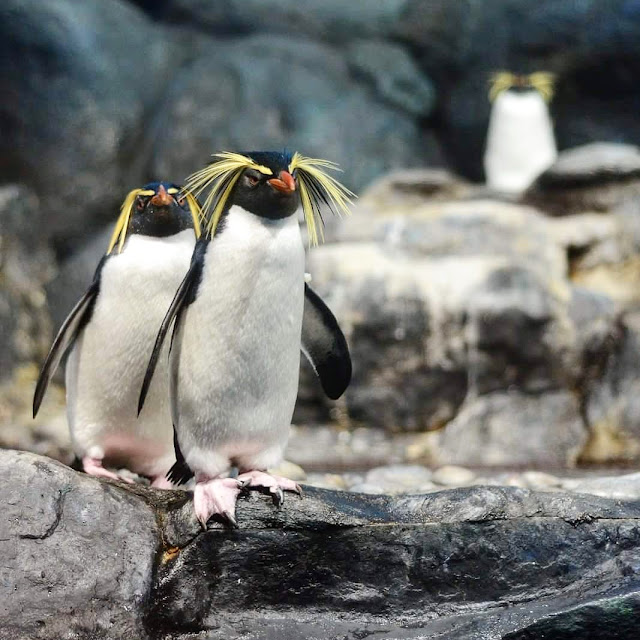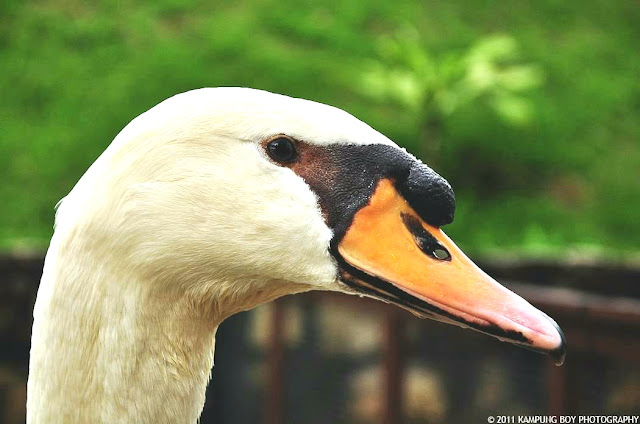Squirrel

Photo by Fadzil Hisham Squirrels are members of the family Sciuridae, a family that includes small or medium-size rodents. The squirrel family includes tree squirrels, ground squirrels, chipmunks, marmots, flying squirrels, and prairie dogs amongst other rodents. Squirrels are familiar to almost everyone. More than 200 squirrel species live all over the world, with the notable exception of Australia. TIGERS SUPER SPORTS - CLICK HERE! The tiniest squirrel is the aptly named African pygmy squirrel—only five inches long from nose to tail. Others reach sizes shocking to those who are only familiar with common tree squirrels. The Indian giant squirrel is three feet long. Photo by Fadzil Hisham Like other rodents, squirrels have four front teeth that never stop growing so they don't wear down from the constant gnawing. Tree squirrels are the types most commonly recognized, often seen gracefully scampering and leaping from branch to branch. Other species are ground













